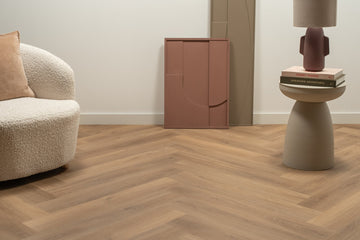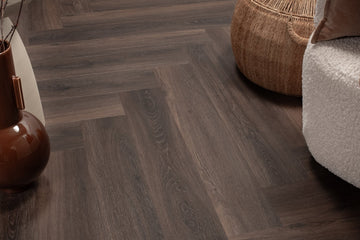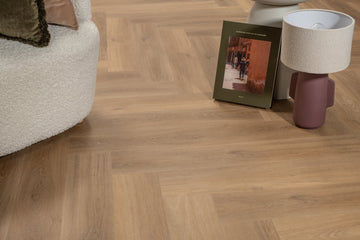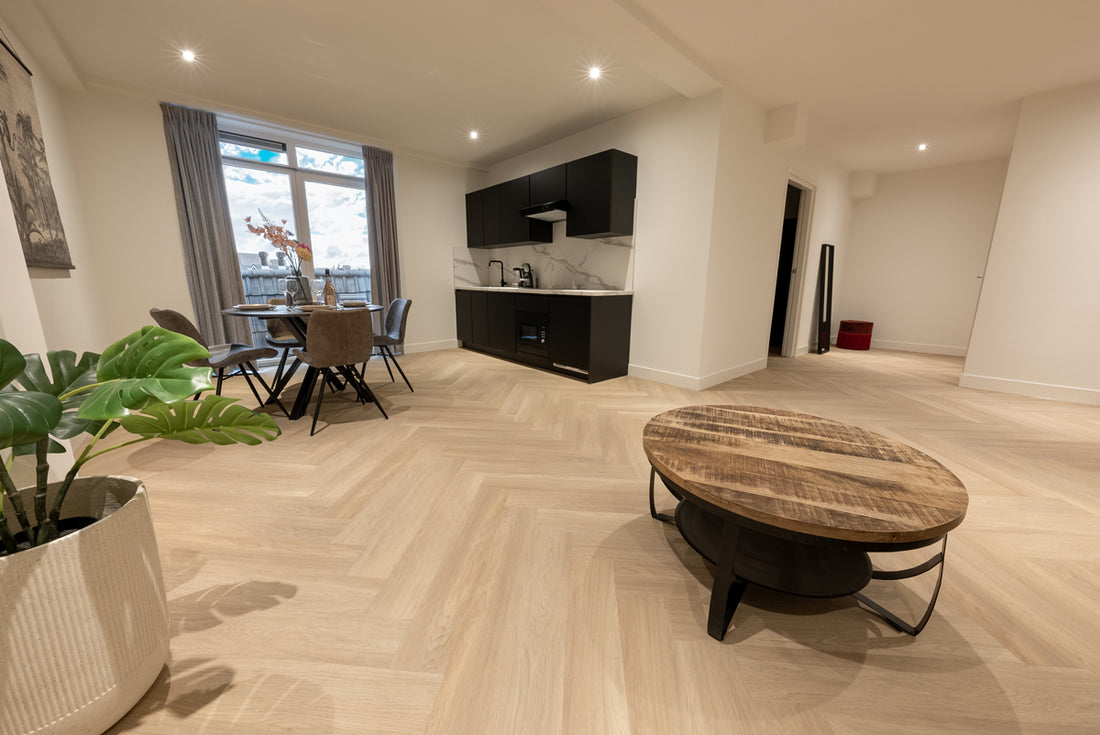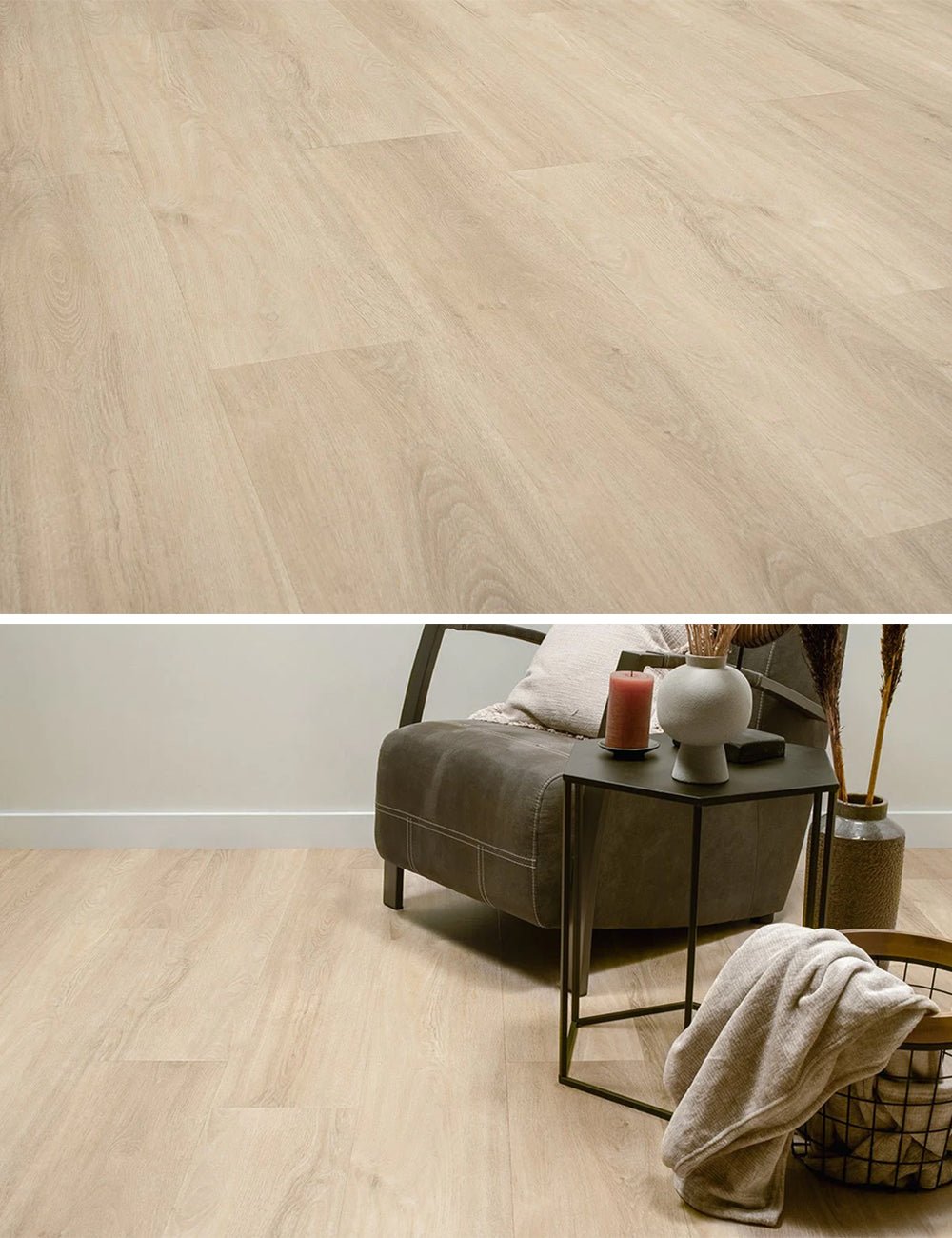Laminate flooring has become a popular choice due to their durability, versatility and easy installation. However, there may be times when you want to remove your laminate floor, either to lay a new floor, or to address structural issues. It is important to carry out this process safely in order to avoid damage to the subfloor, substrate (screed) and the laminate itself. In this guide, we share a step-by-step approach to remove laminate flooring without damage.
Step 1: Prepare to uninstall
Before you start removing your laminate floor, it is important to prepare well. Make sure you have the right tools on hand, such as a crowbar, a hammer, a stanley knife, goggles, and gloves. These will help you remove the floor efficiently and safely.
Step 2: Remove the skirting boards
Skirting boards are installed to finish the transition between the floor and the wall. Before removing the laminate, you need to remove the baseboards to get unhindered access to the floor edges. Use a crowbar and a hammer to gently pry the baseboards loose. Make sure you do this without damaging the wall or skirting boards so you can reuse them later.
Step 3: Start removing the laminate
Start at a corner of the room and use the crowbar to gently pry up the laminate. Do this with policy to prevent damage to the laminate and subfloor. If you notice that the laminate boards are stuck together, use a stanley knife to cut through any joints. Gradually work your way around the room, gently lifting each shelf and setting it aside. Of course, in some cases you want to be extra careful with this. For example, when you want to re-lay the laminate floor somewhere else. Especially tools such as a crowbar and a Stanley knife are elements to pay close attention to.
Step 4: Proceed to the following rows
Once you have removed the first row of laminate boards, you can proceed to remove the next rows. This can be a little trickier because some shelves can be clipped under the adjacent shelves. Again use the crowbar and stanley knife to gently loosen the joints and lift the boards one by one. Be patient and methodical to avoid harm.
Step 5: Treat obstacles with care
In the process of removing the laminate, you may encounter obstacles, such as door frames, heating pipes or built-in furniture. It is important to be extra careful when passing these obstacles. Never force the laminate, as this can lead to damage.
Step 6: Check the subfloor
After you've removed all the laminate boards, it's a good idea to check the subfloor for any damage. Inspect thoroughly and repair minor blemishes or damage if necessary before installing a new floor. This ensures a smooth and firm surface for your new floor. This of course applies to both the subfloor and the subsoil.
Step 7: Clean up the workspace
Once the laminate has been removed and the subfloor has been checked, it is time to clean up the workplace. Remove any loose pieces of laminate, nails or staples that may have been left on the floor. Make sure the floor is clean and free of debris before proceeding with the next steps.
Conclusion
The safe removal of laminate flooring requires patience, care and the right tools. By following the steps above, you can remove laminate without damage to the subfloor and the laminate itself. Remember to always be careful when handling tools and obstacles, and to leave the workplace clean. With the right approach, you can successfully remove your laminate flooring and lay a solid foundation for your new floor.






